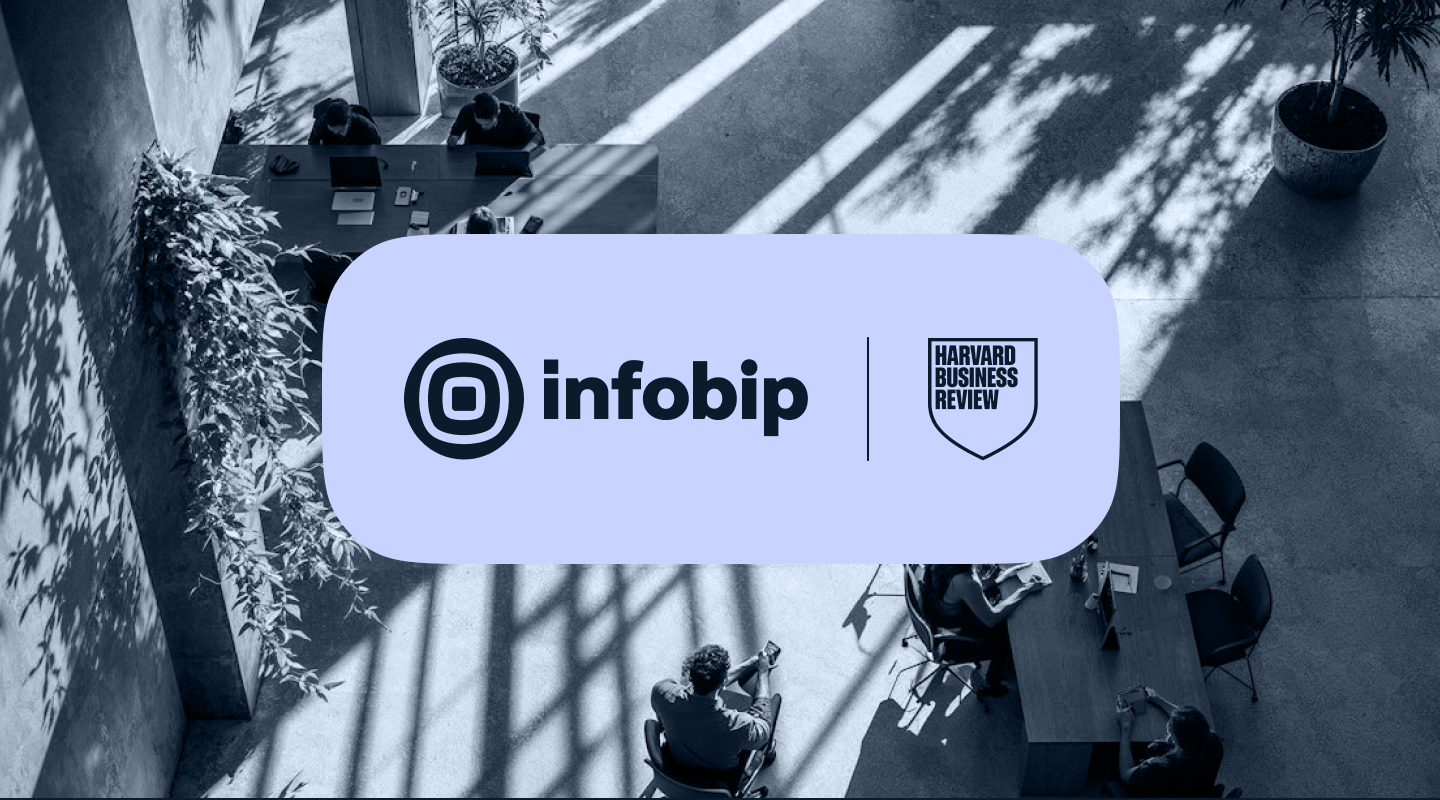SMS segmentation guide to personalized messaging
Group your audience by behavior, location, and more to send personalized messages that boost conversions and customer retention. Explore the full guide to learn how.

Think about a restaurant where the staff remembers your go-to dish and starts preparing it as soon as you walk in. That same personalized experience is exactly what SMS segmentation brings to your marketing. It’s a smarter way to use your communication channels to connect with customers.
Let’s break down how to use message segmentation to build effective marketing campaigns and drive better results.
What is SMS segmentation?
SMS segmentation is the practice of grouping your subscriber list into smaller, targeted SMS segments. You can create SMS segments based on behavior, location, age, purchase history, or engagement. Whether it’s a special offer, update, or loyalty reward, relevant messages make customers more likely to engage.
Imagine selecting clothing that fits each customer’s unique style. You wouldn’t recommend the same outfit to a teenager, a business executive, or a marathon runner. You would choose styles that match their needs and preferences.
With message segmentation, you send content your audience wants to see, improving your chances they’ll read, click, and convert.

Why segmentation matters
Generic messages don’t work anymore, especially when customers expect relevance and personalization.
Here’s why SMS segmentation is a must:
- Higher engagement: Targeted SMS texts get more opens, clicks, and responses.
- Boosted conversions: Personalized calls to action guide users toward taking the next step: buying, signing up, or sharing.
- Lower opt-out rates: People are less likely to unsubscribe when they’re receiving texts that feel tailored to them.
- Better SMS ROI: With smarter targeting, you spend less and get more value per marketing campaign.
- Optimized message length: After creating a segment, keep SMS messages within 160 characters. You’ll also know when to send longer texts for better storytelling.
Smart ways to segment your SMS subscribers
Here are the top methods for message segmentation:
1. Behavior-based segmentation
Segment subscribers by what they do: clicking links, browsing products, or completing purchases.
Example: If someone views a product but doesn’t buy, follow up with a reminder or special offer.
2. Purchase history
Segment subscribers based on their past purchases.
Example: Send relevant accessory offers to customers who previously purchased a dress. You can also automatically add repeat buyers to a SMS loyalty program.
3. Location-based segmentation
Use the subscriber’s city or region to tailor your message.
Example: Promote weather-appropriate products based on where someone lives, or send geo-specific event invites.
4. Demographics
Segment by age, gender, or income level when appropriate.
Example: Younger audiences prefer texts with emojis and pop culture references. Older ones prefer clear, simple messages with fewer characters.
5. Engagement level
Group subscribers by how often they interact with your SMS texts.
Example: Send re-engagement SMS campaigns to subscribers who haven’t interacted in the past 30 days. Active users may get longer messages with exclusive content.
Top SMS segmentation strategies
- Capture cart abandoners: Segment users who started the buying process but left items in their cart. Use targeted SMS templates to send timely reminders, exclusive discounts, or product recommendations to encourage them to finalize their order.
- Convert new SMS subscribers: Create a welcome series for new subscribers. Send a friendly greeting, a first-time offer, and useful brand info to turn new sign-ups into loyal customers.
- Re-engage inactive customers: Identify subscribers who haven’t interacted with you in a while. Target them with special reactivation offers, updates on new arrivals, or a simple “We miss you!” message to help bring them back.
- Reward loyal shoppers: Create a segment of your top buyers and send them early sale access, VIP deals, or loyalty rewards. This not only shows appreciation but also encourages continued engagement and repeat purchases.
- Personalize by purchase history: Review customer buying history to offer tailored product tips or reminders when items run low.
How Rappi achieved growth with SMS segmentation
Rappi, a leading Latin American delivery app, grew to over 700,000 users in just a year. All thanks to using message segmentation through our powerful segmentation and automation solution.
Rappi created SMS segments based on customer behavior, such as late-night snackers or parents ordering baby supplies. They then sent personalized SMS text offers that connected with each group. When customers stopped placing orders, they received messages with tailored discounts or restock reminders, increasing retention.
Result: A campaign with 2,000 segmented SMS messages for a chicken restaurant generated 150 orders in one hour.
Best practices for effective SMS segmentation
You can begin without investing in complex tools. Just follow these proven tips:
- Begin with basic segments: Split your list into simple groups: new, active, and inactive users.
- Check your character count: SMS texts allow up to 160 characters per message. Stay concise or send longer messages via MMS or linked landing pages.
- Use the right phone number format: Standardize numbers so you’re sending to valid subscribers who can receive messages.
- Test often: Run A/B tests on your marketing campaigns by segment to optimize content, character limit, and timing.
- Follow global SMS compliance laws: Only send to opted-in users and provide a way to stop receiving texts. Always follow TCPA and GDPR guidelines.
- Collect data over time: Gather details like preferences or birthdays through progressive profiling.
Better SMS segmentation – better results
When you group your audience into smart SMS segments, every message becomes more relevant, more timely, and more effective. This approach helps brands turn simple texts into powerful customer moments.
Launching a loyalty program, reconnecting with inactive subscribers, or sending special offers? Personalized messaging drives stronger engagement and better results.
SMS segmentation FAQs
Standard SMS text messages have a 160 character message length. Go beyond that and you risk splitting the message or converting to MMS, which can raise the cost.
Use platforms like Infobip’s segmentation and automation tools that support dynamic segments. They automatically update your SMS segments, based on customer actions or changes in their data.
Yes. Set up analytics dashboards to track open rates, CTR, and conversions by SMS segment.
Yes. Use a registered short code or toll-free number to legally and reliably send SMS texts to your list.
Offer special offers or entry into a loyalty program in exchange for an SMS opt-in. Make sure users know they’re consenting to receive messages from your brand.
Read more SMS content:

SMS marketing KPIs: Key metrics you should track.
Are your SMS marketing campaigns performing? To answer that, you need KPIs. Here are the ones you should be tracking.
- Blog.
- Marketing.
- SMS.
- Best Practices.

Top 10 best SMS APIs of 2025: Features, pricing & use cases .
With billions of messages sent every year, SMS remains the fastest and most reliable way to reach customers. This guide breaks down the top 10 SMS API providers; covering features, pricing, and use cases, so you can find the right fit for your business.
- Blog.
- SMS.
- Best Practices.
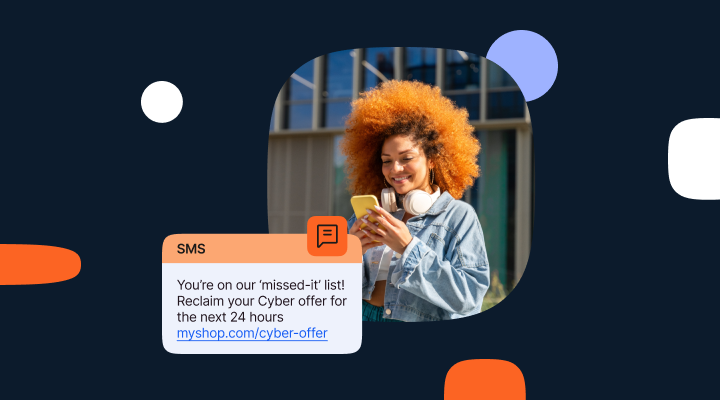
Cyber Monday SMS marketing guide for 2025.
Cut through the noise with smart Cyber Monday SMS marketing. Discover strategies, templates, and timing tips to drive conversions and ROI with Infobip.
- Blog.
- SMS.
- Best Practices.
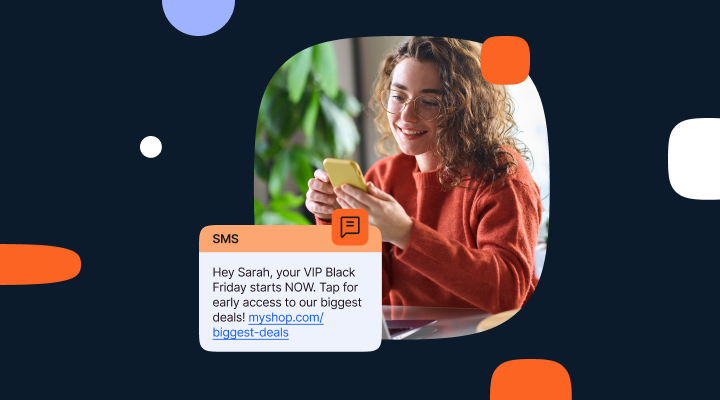
Black Friday SMS marketing: Strategies & templates for 2025.
Plan your Black Friday SMS marketing campaign with expert tips, templates, and best practices. Drive engagement and sales with personalized SMS at scale.
- Blog.
- SMS.
- Best Practices.

SMS links: Everything you need to know.
Discover how SMS links transform a single tap into seamless conversations and conversions, complete with best‑practice tips, compliance checks, and real‑world use cases.
- Blog.
- SMS.
- Best Practices.
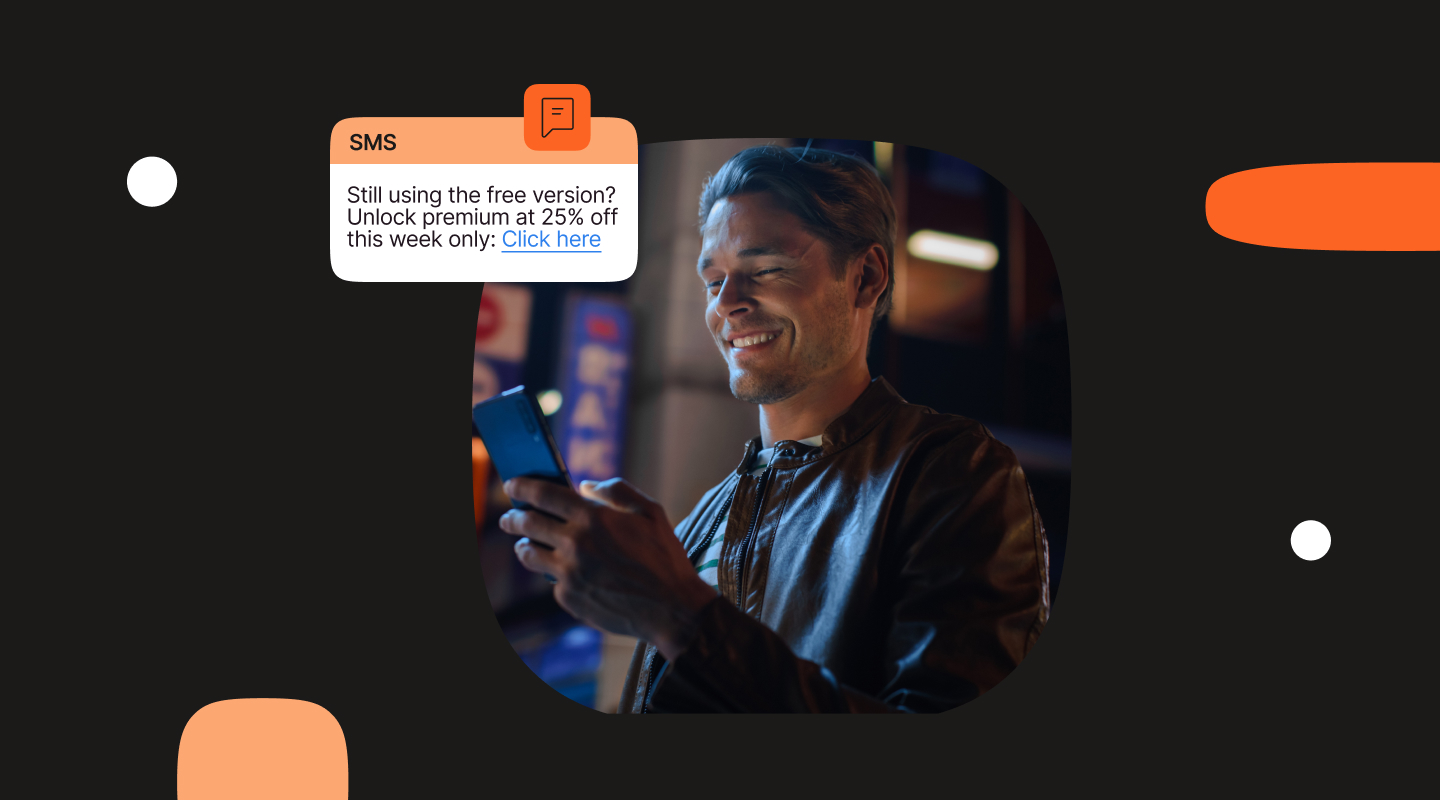
20+ promotional text message examples to boost conversions.
Discover 20+ promotional text message examples to boost conversions. Learn what makes SMS campaigns work, explore industry-specific templates, and see how Infobip helps you personalize, automate, and scale compliant promotional messaging.
- SMS.
- Best Practices.
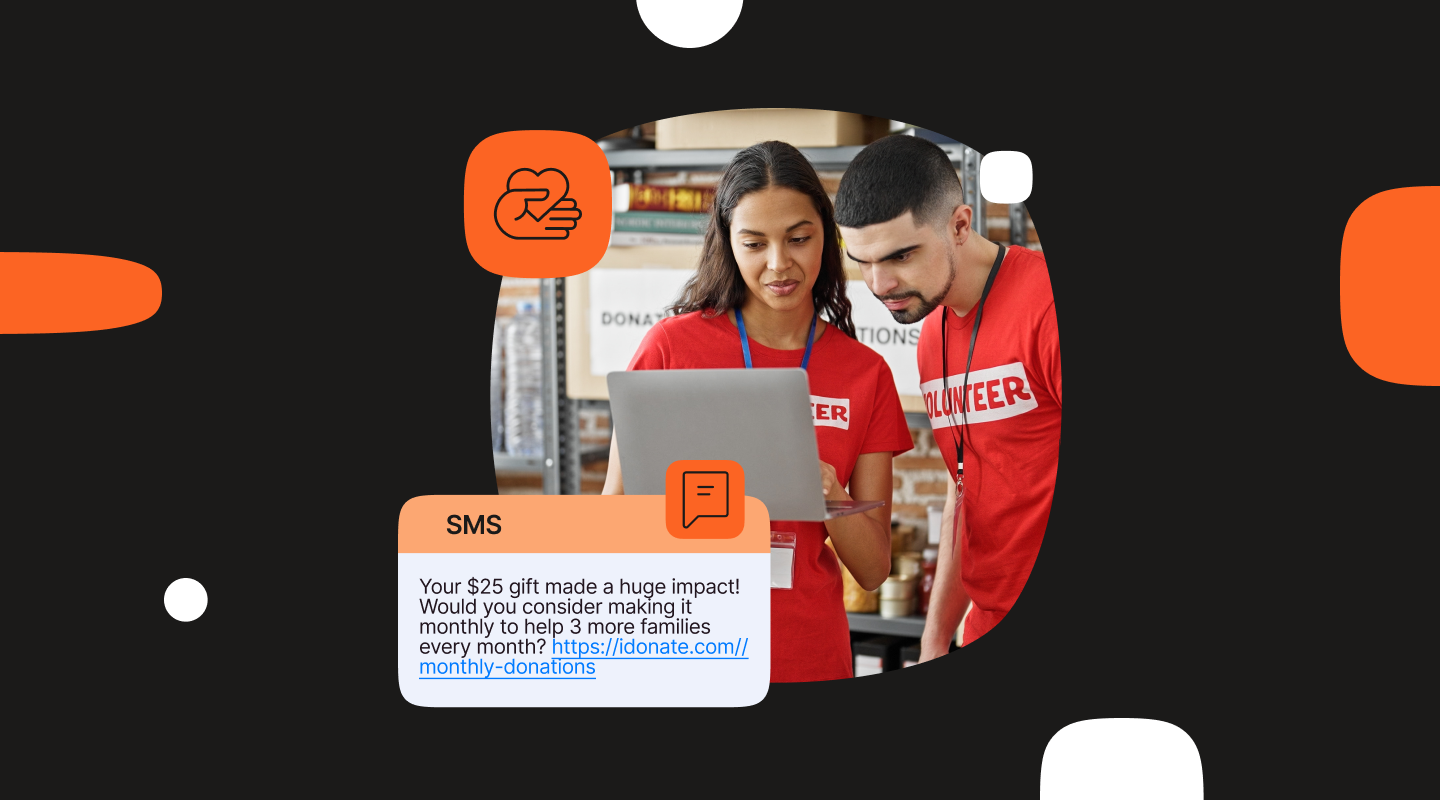
Text message fundraising: How to drive donations with SMS campaigns .
SMS isn’t just fast, it’s effective when it’s part of a connected donor journey. Learn how and why.
- Blog.
- SMS.
- Non-profit.
- Awareness.

Launch text-to-win sweepstakes with Infobip.
Boost customer engagement with mobile sweepstakes that are fast to set up, easy to enter, and fully trackable.
- Conversational experience.
- Marketing.
- SMS.
- Best Practices.

Powered by Text: How SMS and MMS are impacting non-profit communications.
Find out how non-profits and mission-based organizations are adapting to changing customer expectations in the midst of digital transformation.
- Blog.
- Spotlight.
- SMS.
- Inspiration.
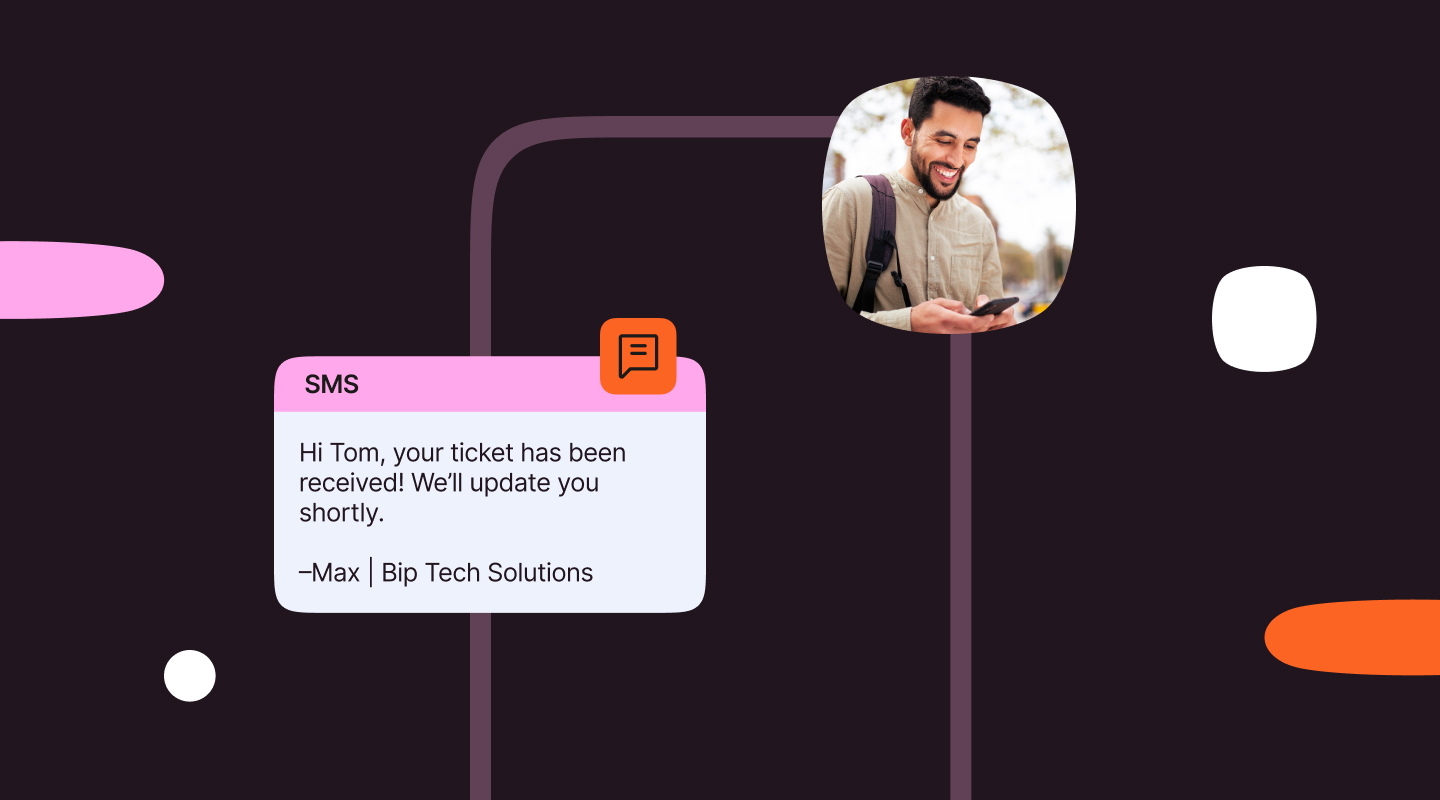
What is a text message signature & why it matters.
A text message signature may be small, but it carries big weight in business communication. The right SMS sign-off makes every message feel more professional and personal. Learn how to add a signature to text messages on iPhone and Android, personalize signatures, save time with templates, and include key contact info, all within 160 characters.
- SMS.
- Best Practices.

SMS privacy policy templates and text message compliance.
A guide to creating a compliant SMS privacy policy, including what it needs to include, and some handy templates to get you started.
- Blog.
- SMS.
- Best Practices.

SMS Analytics: Everything you need to know.
Find out how SMS analytics can help you track text message campaigns in real time to ramp up your SMS marketing results.
- Blog.
- SMS.
- Awareness.
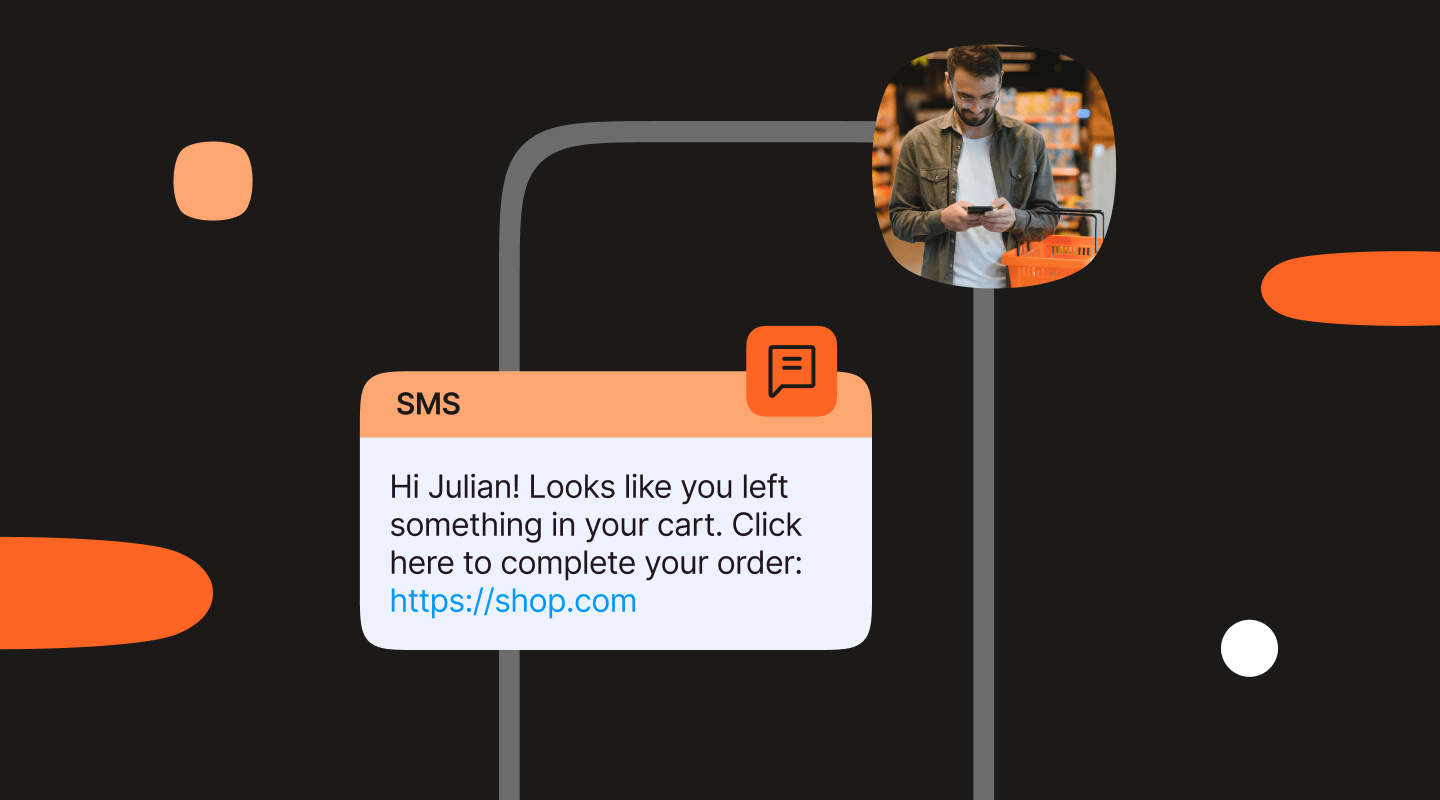
How to schedule a text message: A step-by-step guide to timing your SMS perfectly.
Discover three easy ways to schedule your text messages with Infobip. With no code options to SMS API, there is a solution for everyone.
- SMS.
- Best Practices.
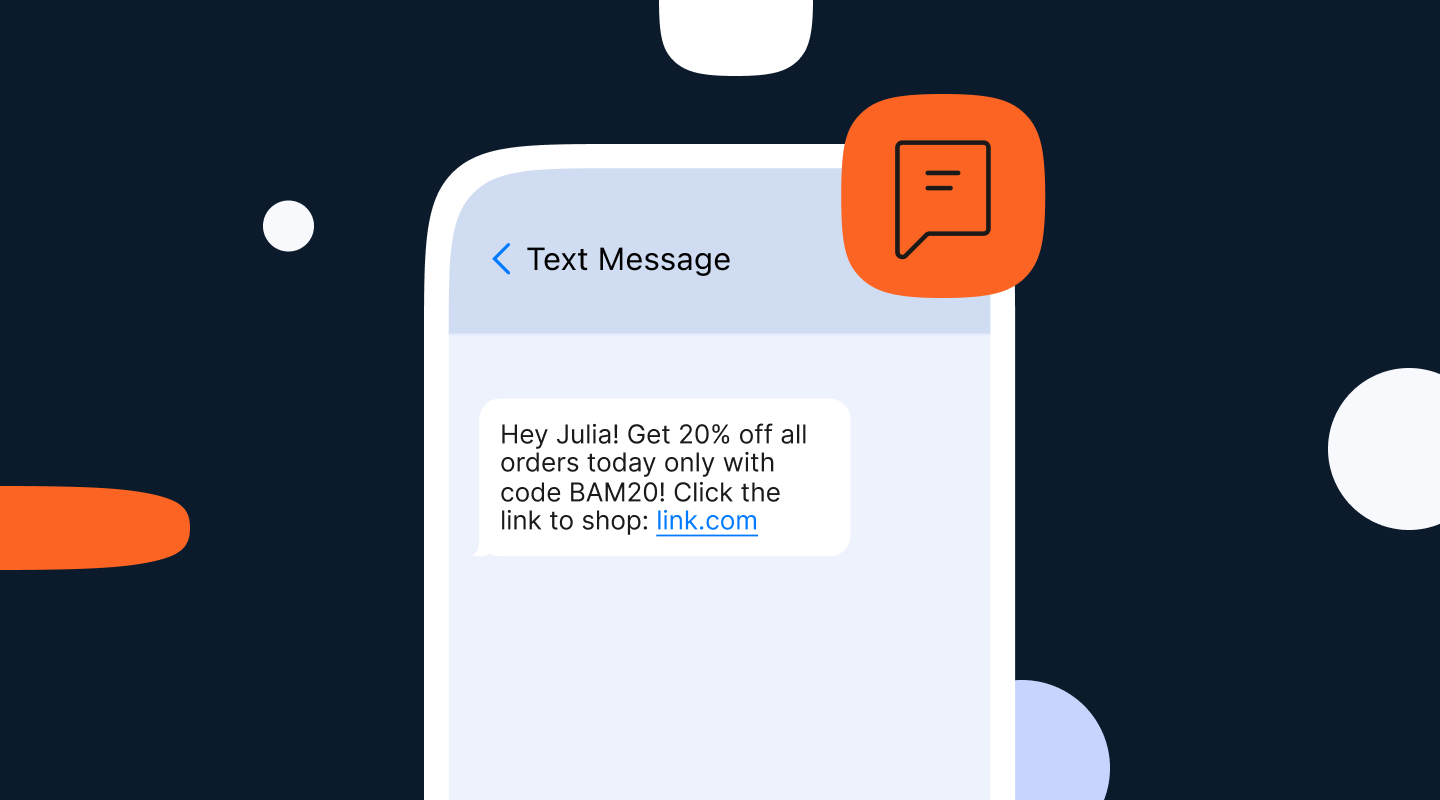
Personalized text messages: Tips, examples, and best practices.
Discover how businesses can use personalized SMS to deliver timely, relevant messages that improve customer engagement and loyalty.
- SMS.
- Best Practices.
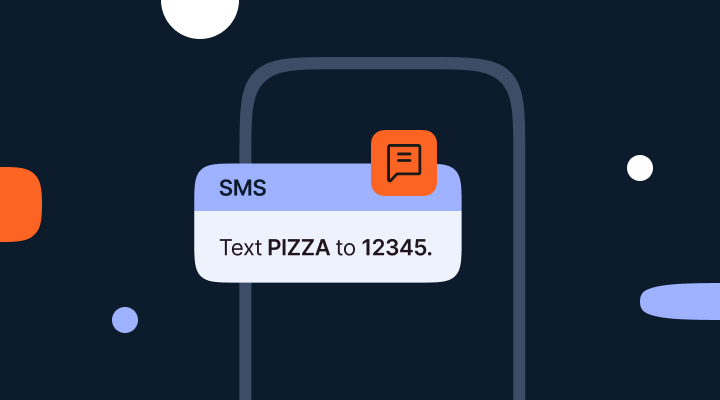
The complete guide to SMS keywords: With real examples & tips.
Discover how to use SMS keywords to create high-converting text messages. Learn best practices, examples, and tips to improve your SMS marketing strategy.
- Blog.
- SMS.
- Best Practices.
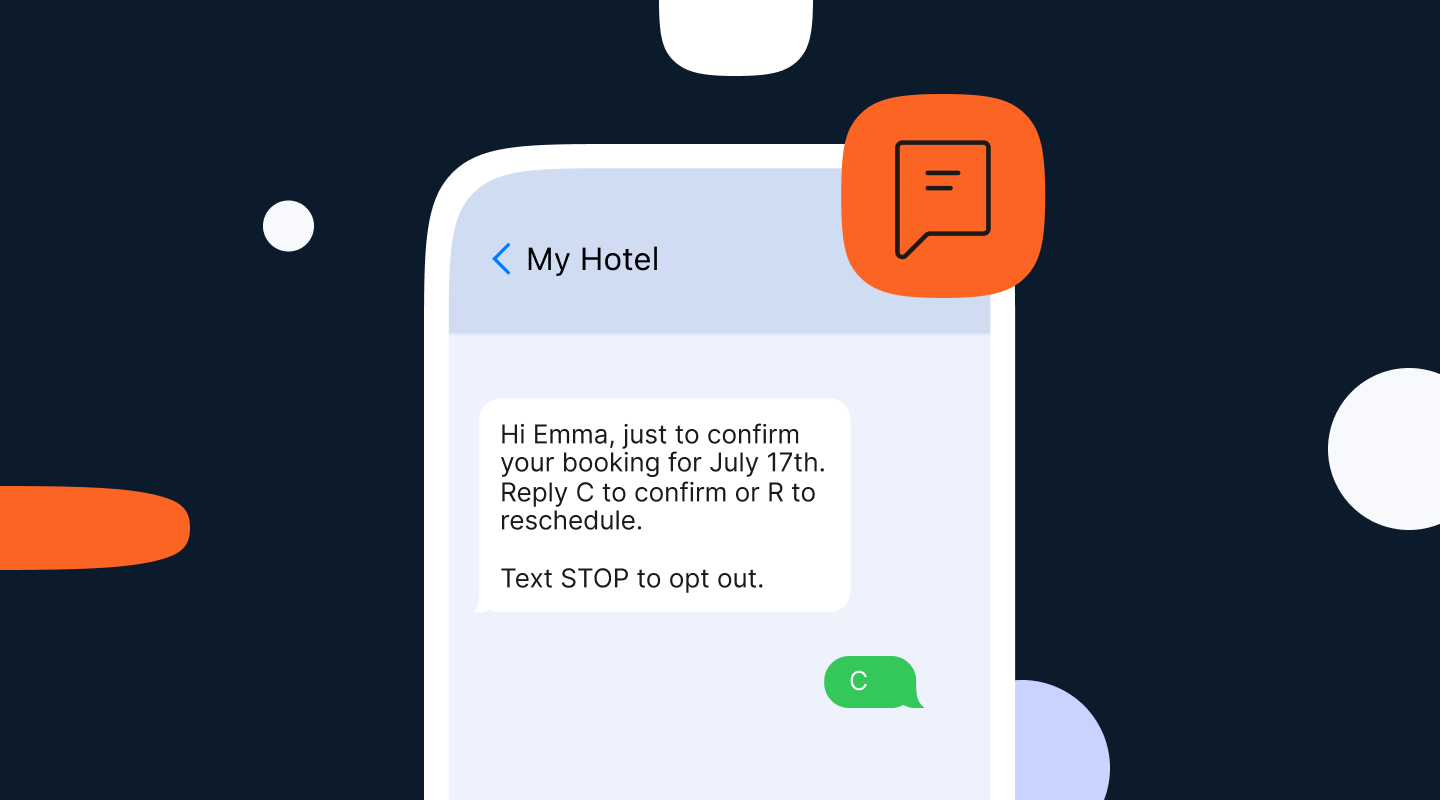
Automated text message responses: 15+ examples and best practices (2025).
Learn how to automate text replies with ready-to-use templates, easy setup steps, and smart tips to keep your flows effective.
- Customer Service.
- SMS.
- Best Practices.

How to write SMS marketing copy: 10 tips that drive results.
Learn how to write SMS for marketing with 10 expert tips for 2025. Discover best practices for effective, compliant SMS campaigns, including copywriting essentials, timing, personalization, and more.
- Blog.
- Marketing.
- SMS.
- Best Practices.

How to build professional SMS surveys (tips+examples).
Are you collecting the feedback you need, when it actually matters? SMS surveys are changing how brands capture real-time insights, giving you a direct line to your customer’s experience while it’s fresh, no app downloads, email logins, or delays required.
- Blog.
- SMS.
- Best Practices.

SMS terms and conditions: A tool for staying compliant and building trust.
A guide to how effective SMS terms and conditions are not just a legal requirement but can be a tool for building customer trust.
- Blog.
- SMS.
- Best Practices.



